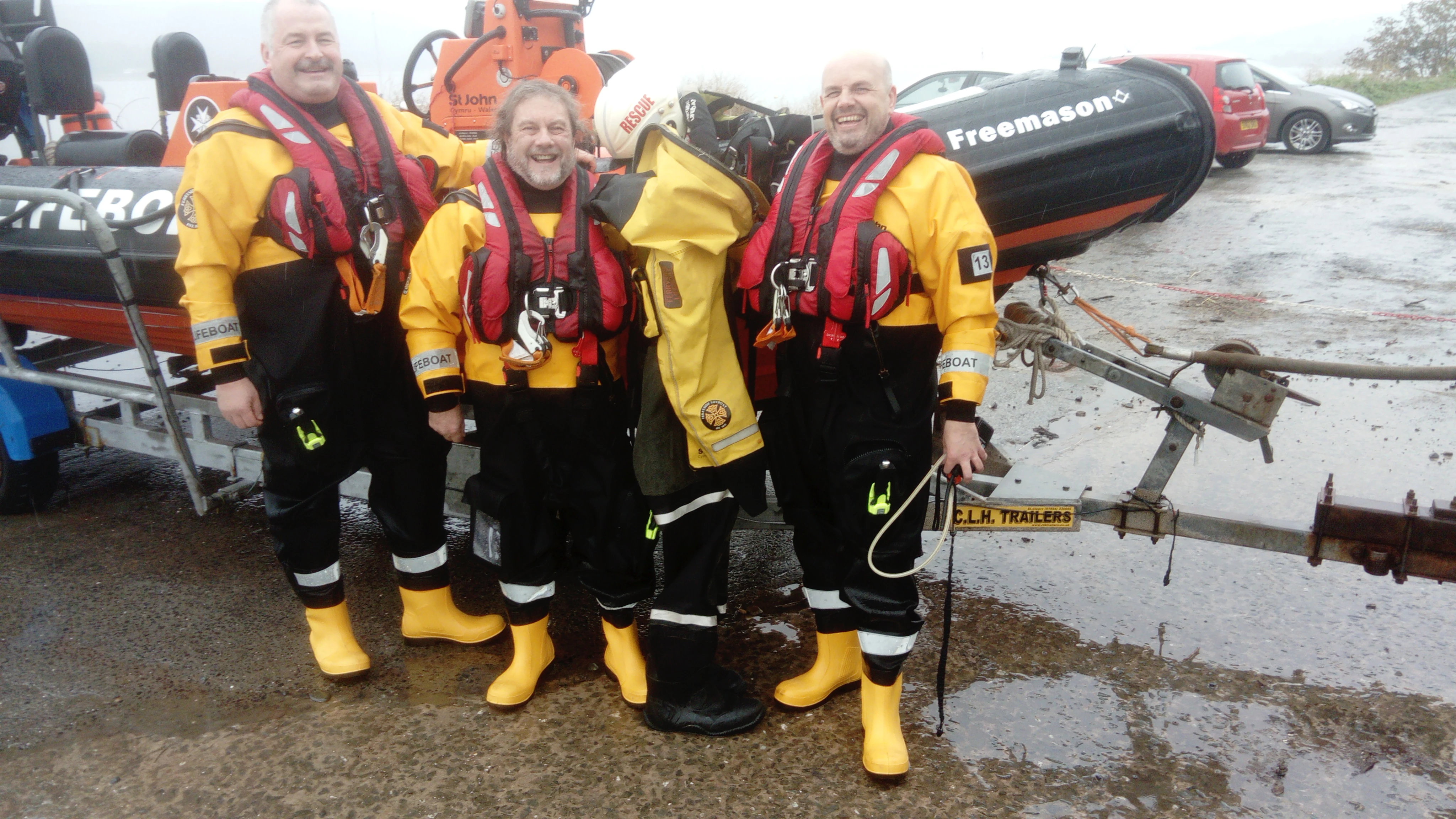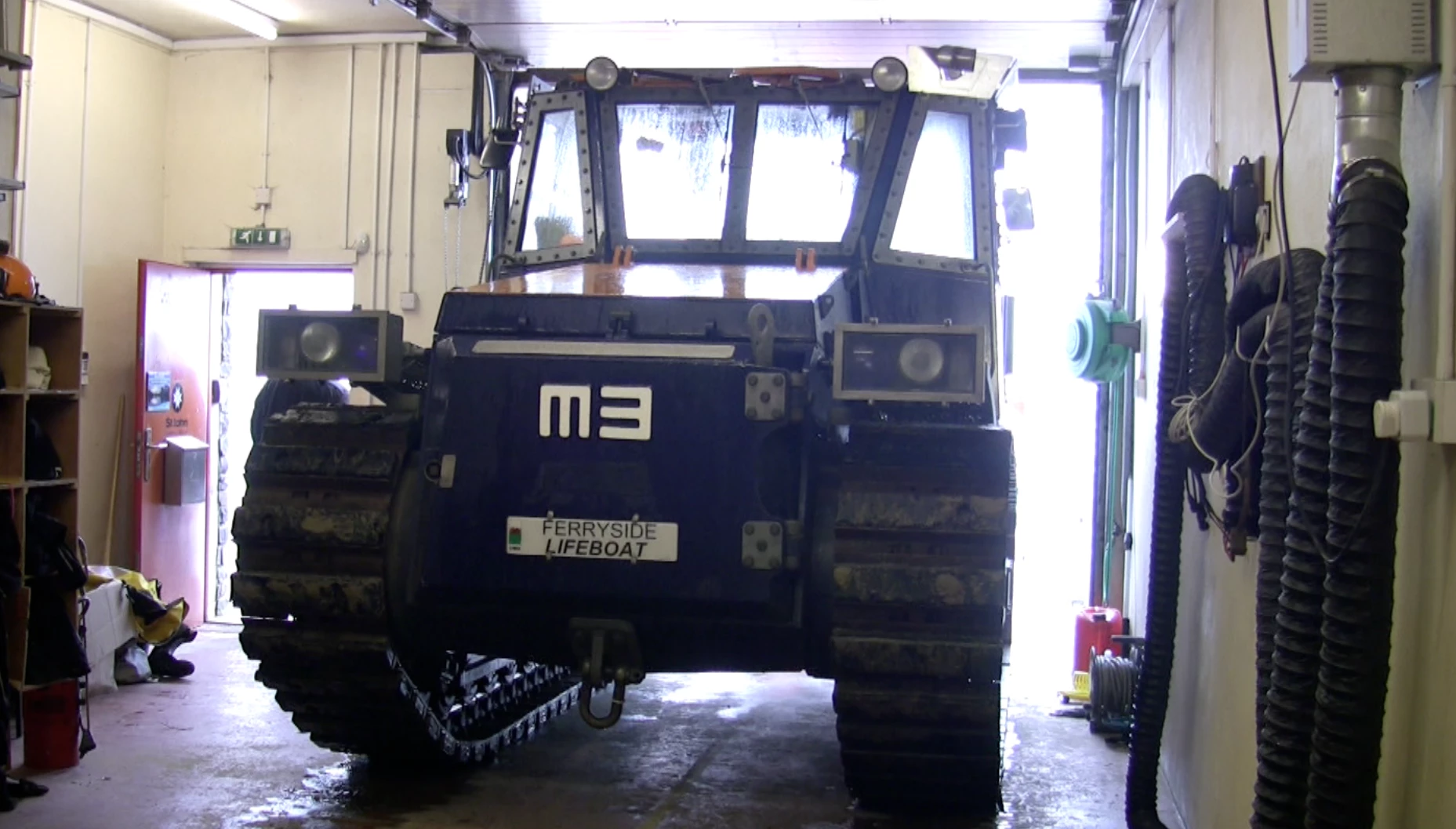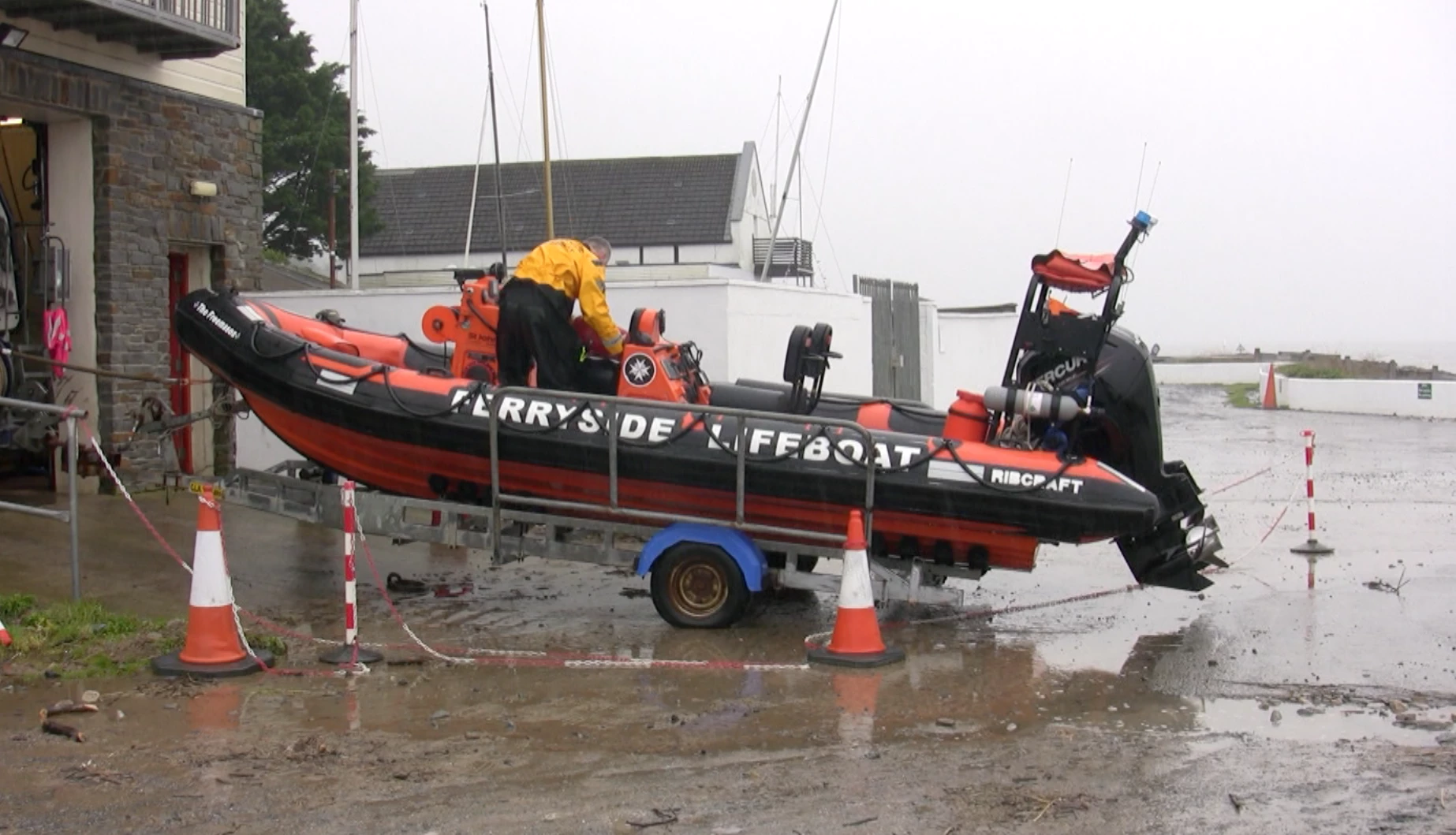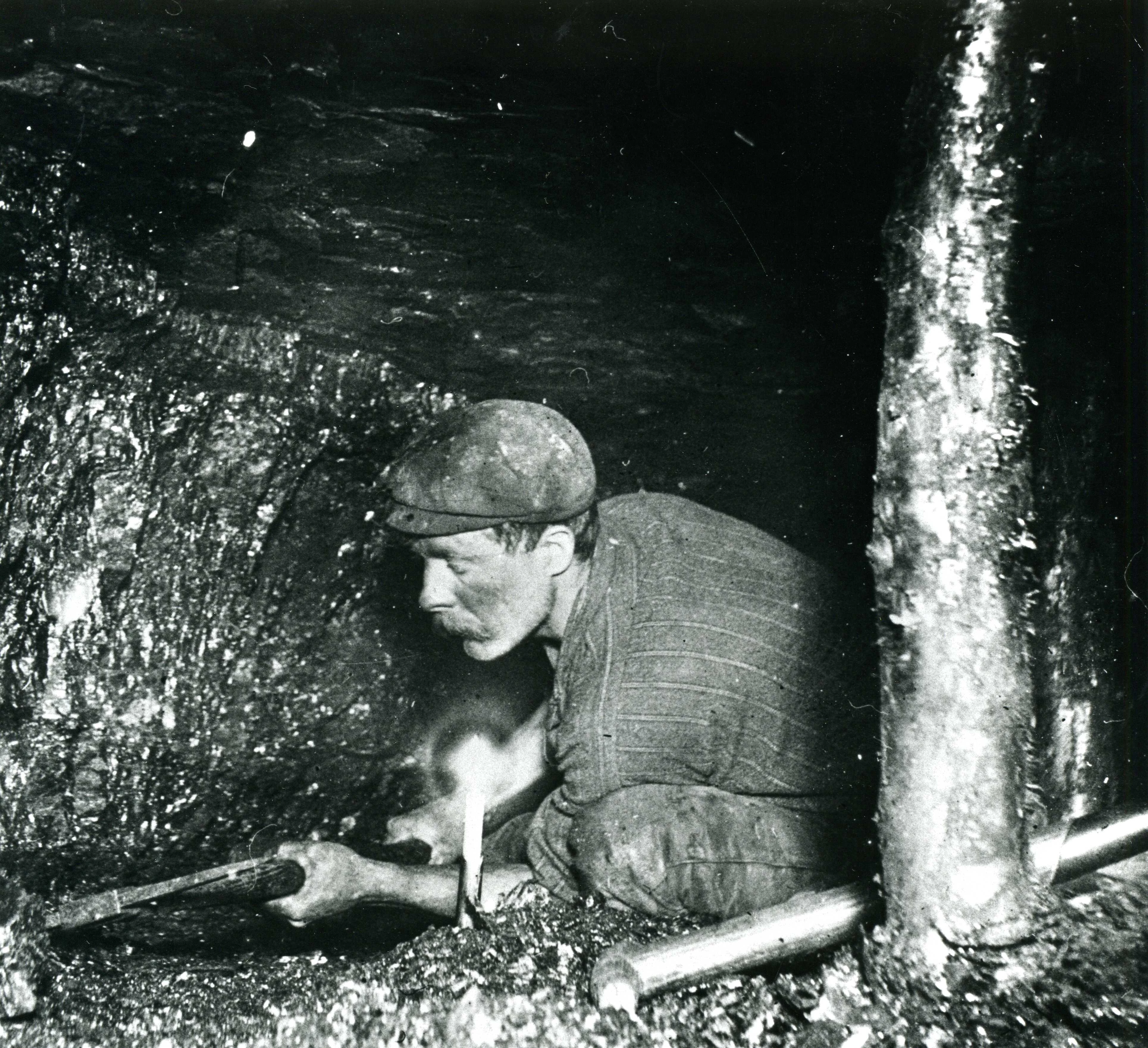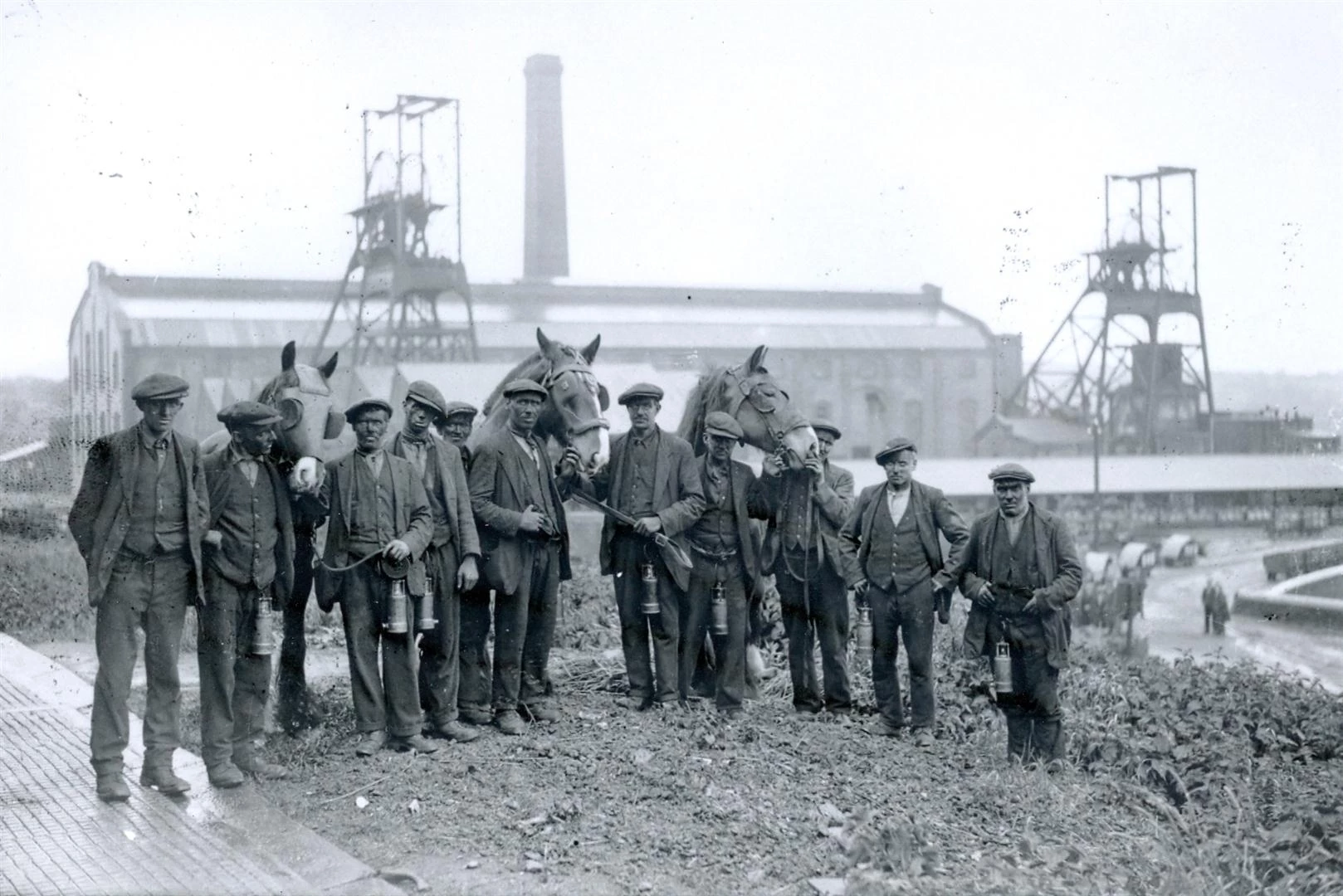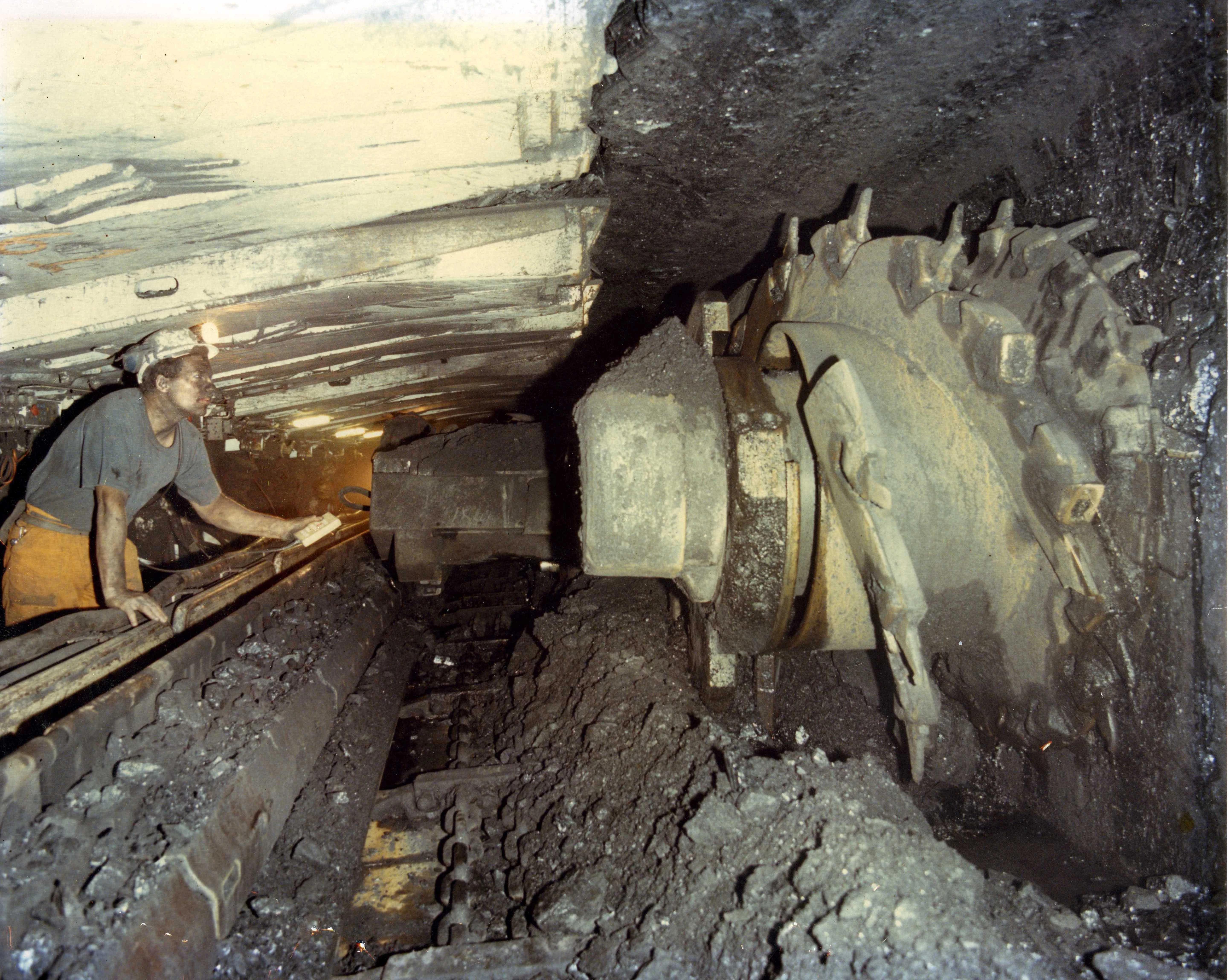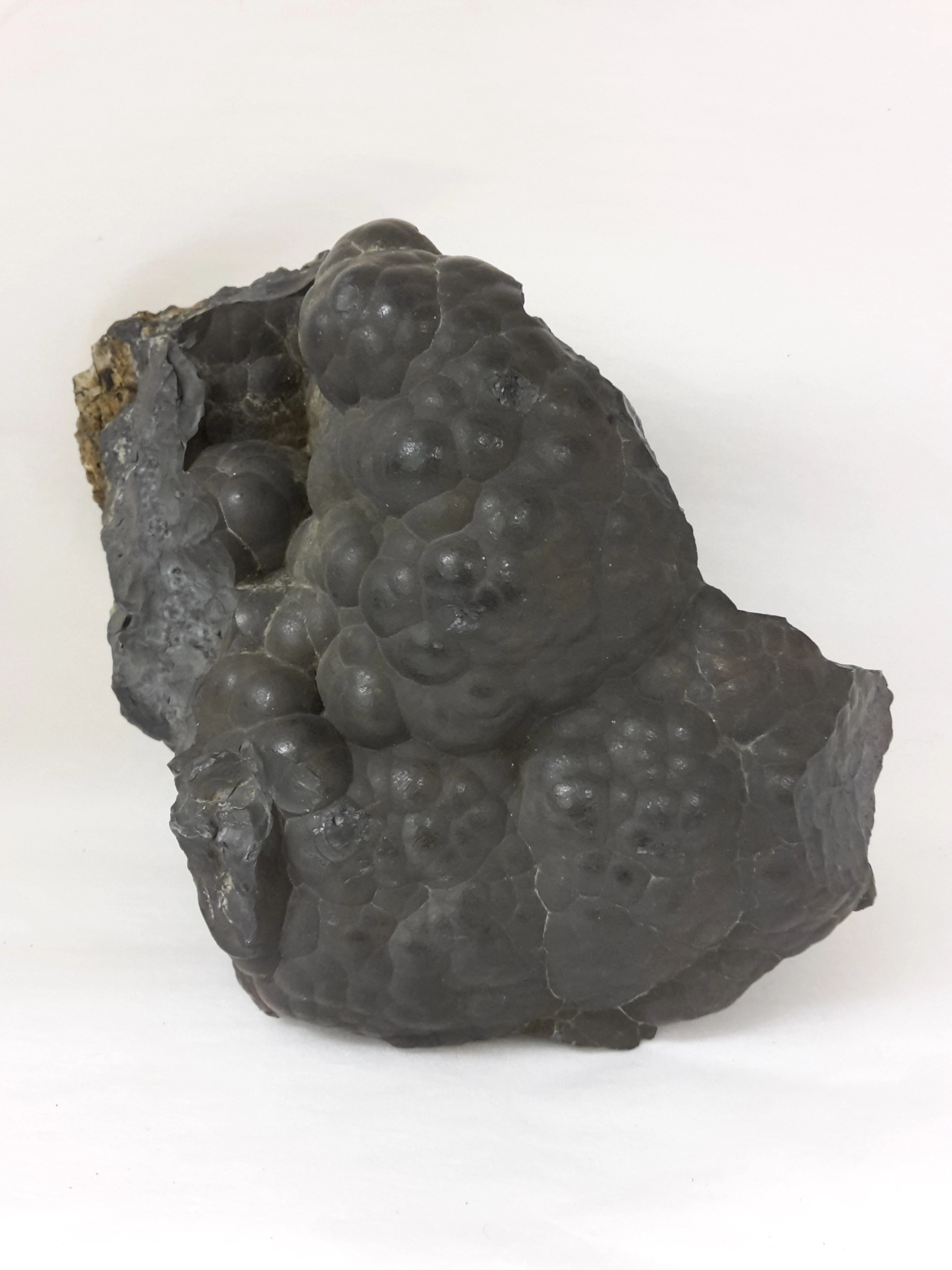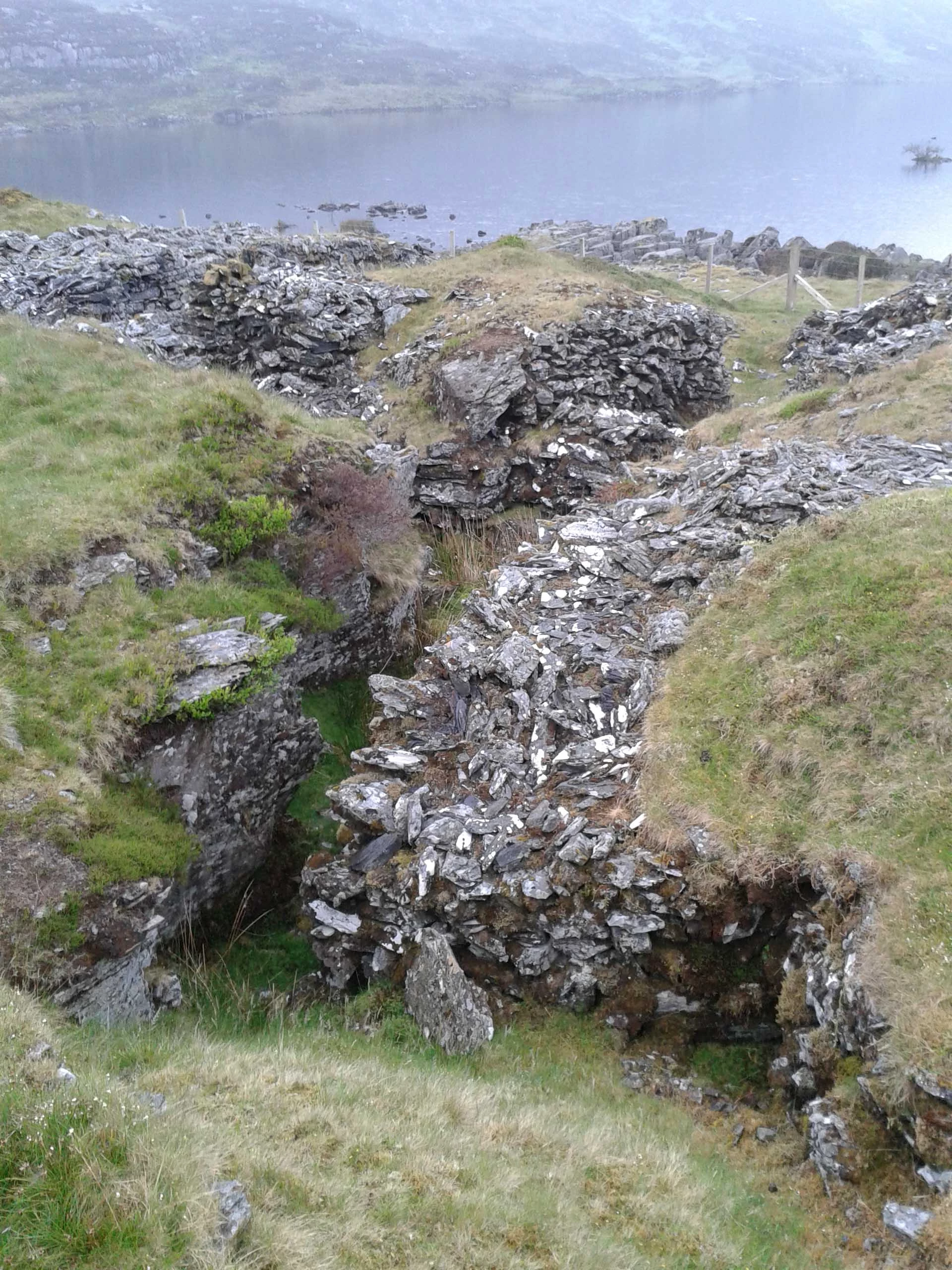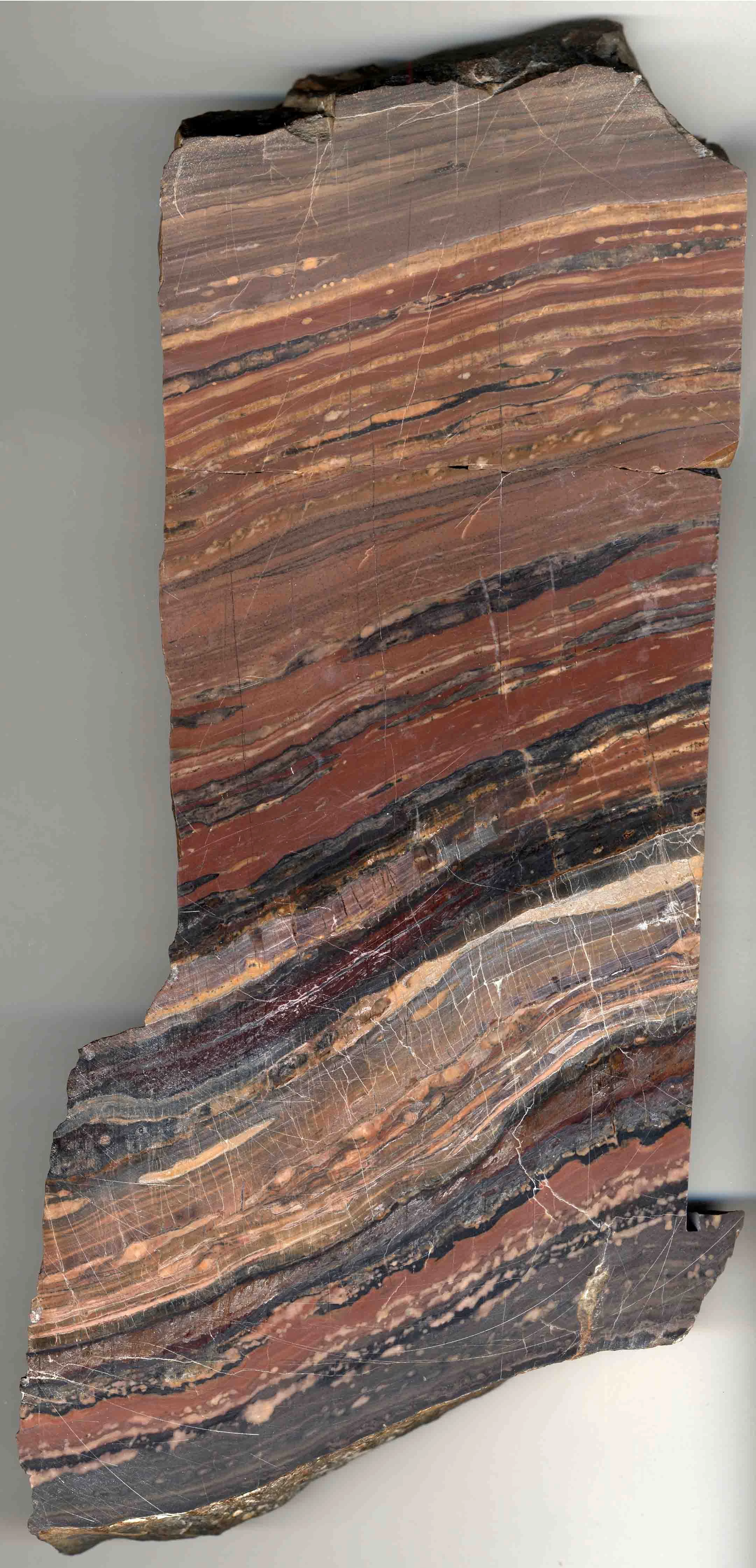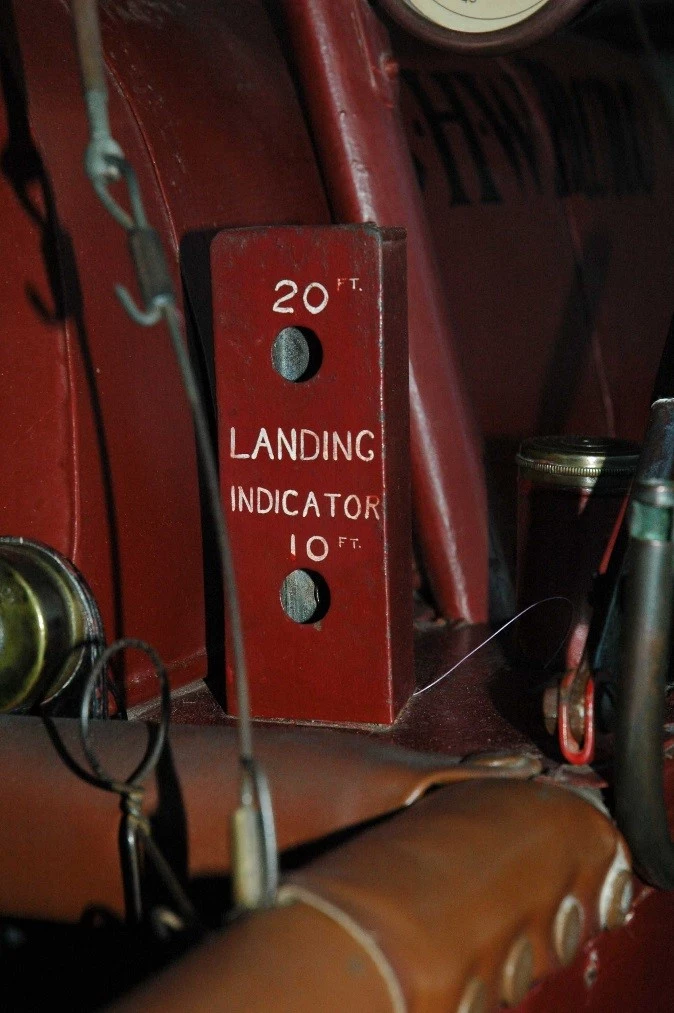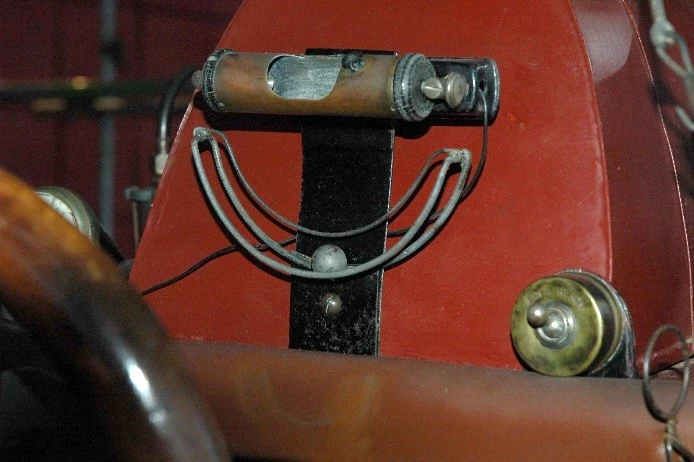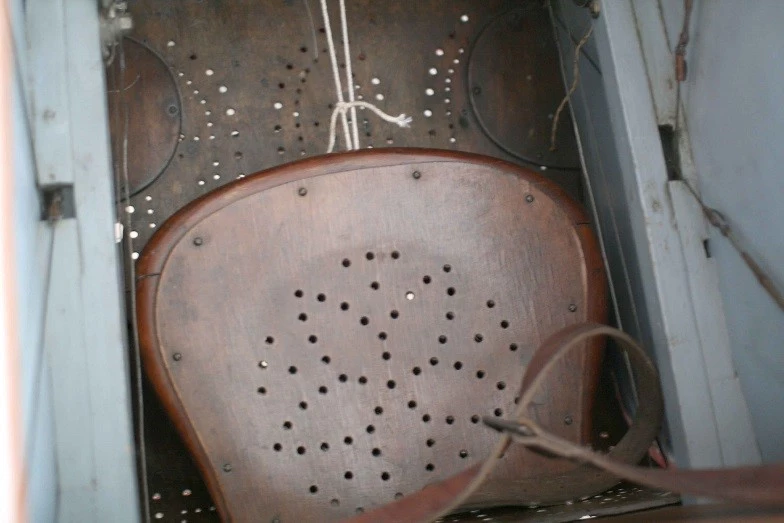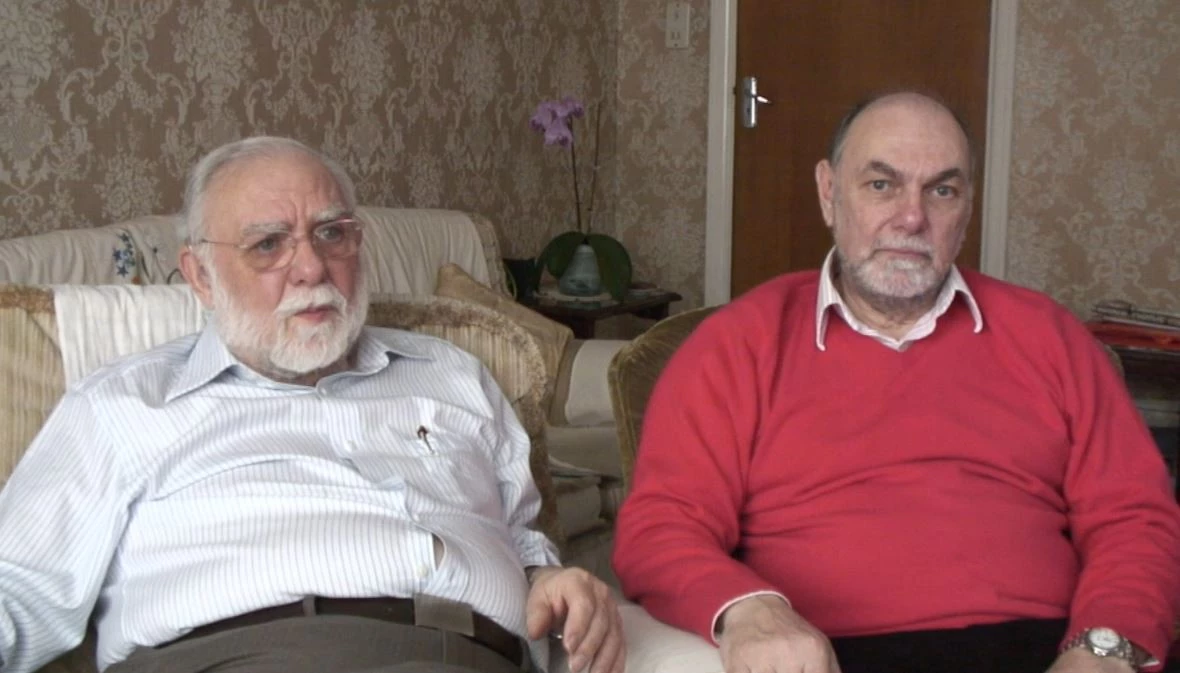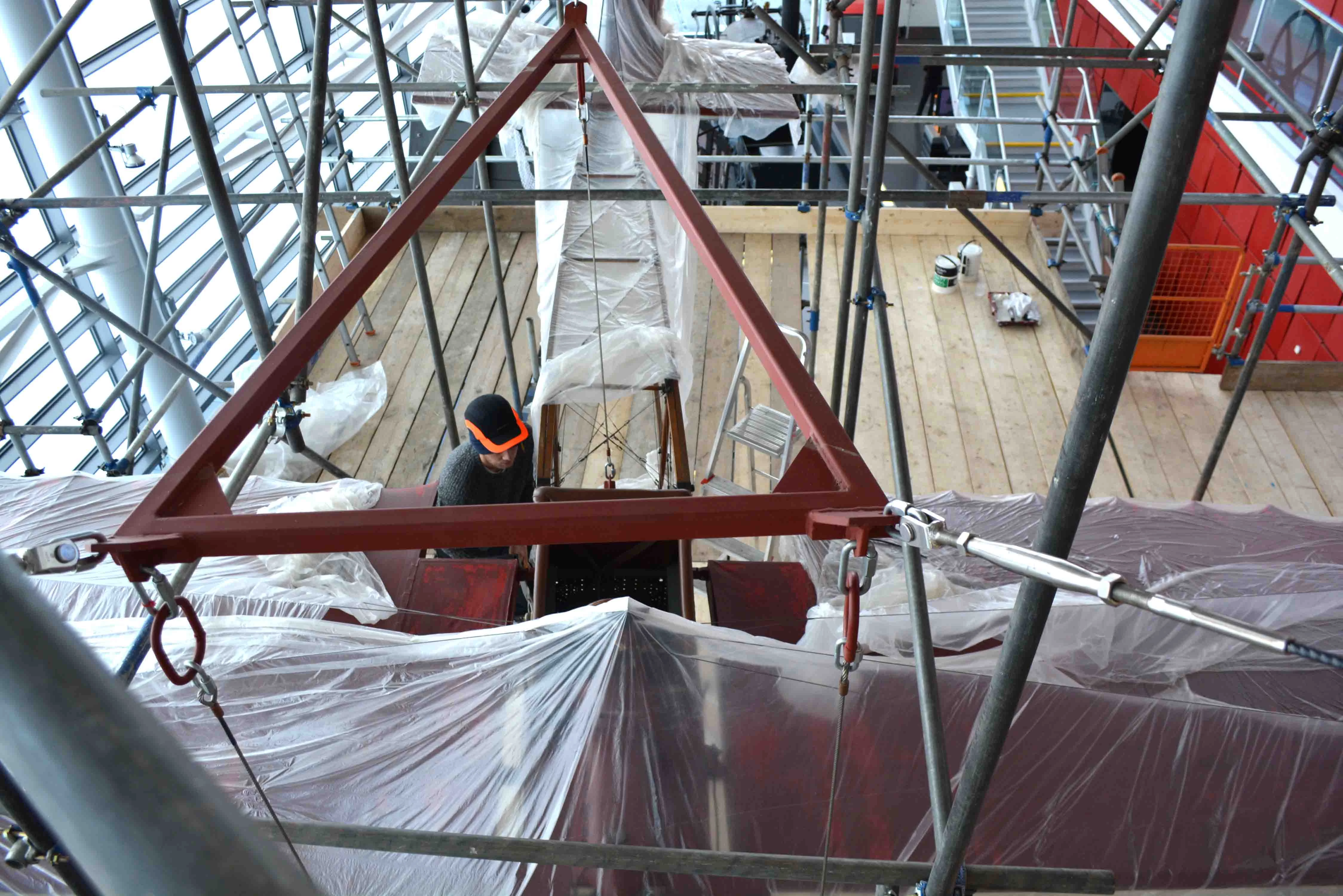‘People are drowning come on!’
, 14 Hydref 2019
Saturday 6th October 2019 8.30am
I took my breakfast cereal into the living room and looked out at the sky for any hint of what the weather might do. It had been raining and very windy for days, the remnants of hurricane ‘Lorenzo’ had been battering Wales all week. The sky was cloudy, a hint of drizzle against the glass and the weeping willow in our front garden was doing a samba.
Today I had more than a passing interest in the forecast as I had a boat trip planned for later that morning, in a very special boat.
The Ferryside Lifeboat to be precise, a 6.4 metre long RIB, the ‘Freemason’ which cost about £90,000, £50,000 of which was donated by the Freemasons, hence the name.
The crew had bought all new safety suits and gear and had offered the museum one of their old suits for our maritime collection. We jumped at the chance to acquire this very important piece of our seagoing history. One of the crew members is Mark Lucas who happens to be Curator of Wool at the National Woollen Museum in Drefach Velindre, Carmarthenshire and it was at his suggestion that the suit be donated to us. The lifeboat crew were running sea trials that morning and had asked me to go along to experience the conditions for myself and collect the gear.
We have three lifeboats in the National Collection, two of these have wooden hulls and in 2011 we collected a RIB (rigid hull inflatable boat) from Atlantic College in St Donats, where the original RIB design was created and patented by the college. So the fact that the suit was from a RIB crew made it even more special.
Eleven o’clock found us at the Lifeboat Station on the Towy Estuary in Ferryside. The Ferryside Lifeboat is an independent station, as are many around our coastline, and not funded by the RNLI. Just like the RNLI they are run by volunteers and rely on donations and grants.
The crew were gathering and getting changed into their ‘new’ suits and they had one for me to wear too. Now, getting into a ‘dry suit’ is no easy task, especially for a novice like me. To say it was a struggle is an understatement, and after ten minutes of performing like a contortionist and the ensemble heckling me that
‘people are drowning come on!’
It was then they decided that I needed a bigger suit. Hmm…
The weather by this time wasn’t too bad, a slight wind and light rain and the estuary looked fairly calm, this was indicated by the fact that the new ferry was sailing between Llansteffan and Ferryside.
‘That looks OK, not too rough’ I thought to myself, and it was OK in the estuary…
The giant Talus tractor pushed the lifeboat the ‘Freemason’ down the slipway and into the water. I was already installed by this point having been pushed unceremoniously over the rubber tube by the crew as I struggled to climb aboard in an extra 20 kilos of suit and gear. The rest of the crew climbed aboard (easily) and we set off.
As I thought the estuary was fairly quiet, but the coxswain pointed out to sea where I could see large white breakers rolling in over a sandbar which runs roughly from Laugharne to St Ishmaels.
‘That’s where we are going, it’s a bit lively out there, all good fun though’.
It was very lively. The crew put the boat through its paces doing figure eights and three-sixty manoeuvres, all at high speed whilst I hung on tightly and braced myself against the G-force of the turns. The boat will do 30 knots flat out, about 26 miles an hour, which doesn’t seem fast in a car on the road but in a boat is a different matter.
I kept thinking how brave these guys are to come out in all weathers and try and rescue people. The sea we were in wasn’t that rough and it was broad daylight. I couldn’t imagine what it would be like in a gale and in the dark.
Eventually we headed in and back to the comparatively flat calm of the river Towy. My trip was over and what an experience!
We headed for the Lifeboat Station and the crew presented me with a dry suit, life jacket, radio and GPS locator which are now part of the National Collection and on display at the National Waterfront Museum in Swansea.
